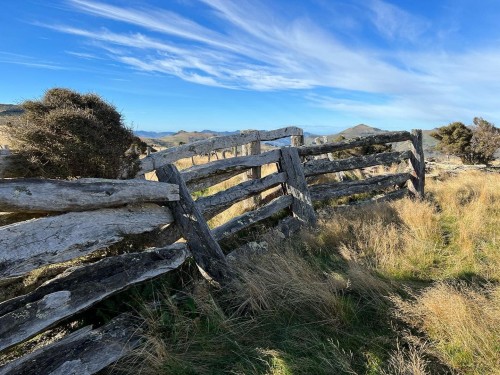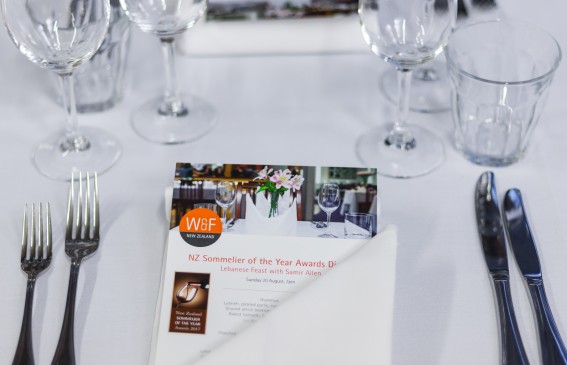Banks Peninsula’s Te Ara Pātaka; the summit walkway

From Montgomery Reserve looking south toward French Peak and Lake Forsyth/Te Roto o Wairewa.
Banks Peninsula’s Te Ara Pātaka; the summit walkway traverses parts of the ancient crater rim that flanks both Akaroa and Lyttleton Harbours. The track can be accessed at many points; as short walk for an hour or so, as a day walk or, for the intrepid, as a 3 day hike, staying in huts along the way and climbing Mount Herbert. Mountain bikes are able to pass through most of the track.
The views are extraordinary. The complex geography of bays and valleys and long fingers of land that push out into the Pacific. On a clear day, you can glimpse Kaikōura and its mountain ranges to the north and Te Roto o Wairewa/Lake Forsyth and Te Waihora/Lake Ellesmere to the south.
There are two huts along the track with accommodation which can be booked via DOC.
The Rod Donald Hut, is 5 – 6 hours walk from the Pigeon Bay end. This hut is named in memory of the former Canterbury MP and co-leader of the Green Party who died unexpectedly, aged 48, in 2005. The Sign of the Packhorse Hut is located west of Mt Herbert.
From Pigeon Bay, you can access the track from the top of Pettigrews Road or via the Montgomery Reserve, near the Hilltop. You can park a car at both places.

The Montgomery Reserve is worthy of a stop as within 15 minutes’ walk up through the bush, you can touch an ancient tōtara, with a trunk width of 8.5 metres. This tree is estimated to be 2000 years old!
The track passes through a series of reserves and farms towards Mt Sinclair. Now covered in regenerating native bush, the Mt Sinclair Reserve was gifted to DOC by the Hay Family in the 1970s. From the track, we can look down upon the top paddocks of our farm. Mt Sinclair is named after the family that settled in Pigeon Bay with the Hay’s in 1843.
They later left New Zealand and bought land in Hawaii including the island of Ni’ihau. Their descendants still live there today.

Dead totara surrounded by regenerating bush.
The regenerating bush is home to a myriad of young mountain tōtara with their small, green spikey leaves and flaky bark. More striking is the extent of tōtara tree stumps, a legacy of the extensive tree-felling that scaled-up as settlers arrived in Canterbury from the 1850s.
This timber was dispersed to construct buildings and homes, provide fence posts for farms, sleepers for train tracks and was used extensively to build the Lyttleton Rail Tunnel from 1861.

Cattle race built of totara beams located along the summit ridge between Little River and Port Levy.
Near the top of Port Levy you can find an old cattle race and yards erected from rough-hewn tōtara. On my hike, I came across 8 young men from Burnham Military Camp with full gear, who had slept overnight in the bush. They asked me about the stumps. I explained that every time you see these totara stumps or broken limbs of branches, some young men like you, were probably working the saw that fell the tree.
The gangs would camp near the trees, often as high as 800 meters and would dig a pit under the fallen tree to saw the trunk into more manageable pieces. They would then drag the trunks down the hill, with horses or bullocks, to one of the many sawmills in the bays below. Not easy. I added that these ancient tree stumps are now sculpture for us to respect.

Distinctive bark of the Matai tree. I found at least 3 very old Matai in the Montgomery Reserve...over 300 years old.
Other abundant trees include the kotukutuku/fuchsia with its distinctive papery bark so that it is easy to spot. Bushy kāpuka/broadleaf with a rough, dark trunk and thick glossy green leaves. Kōhūhū/pittosporum with wavy, textured leaves.
Shrubs with small leaves and a twiggy, tangled look are Coprosma or mikimiki of which there are 14 species Banks Peninsula. Kawakawa is plentiful. This shrub with heart-shaped leaves, often with holes from caterpillars is easy to recognise - we steep the leaves in hot water to make tea.
Other plants that are easy to pick include mountain flax, golden speargrass or golden Spaniard with distinctive spiky yellowish-green leaves as well as Matagouri, a grey, often leaf-less shrub with sharp tips that hurt if you are poked.
Here are links to find out more.. https://bit.ly/3KhIRfy





